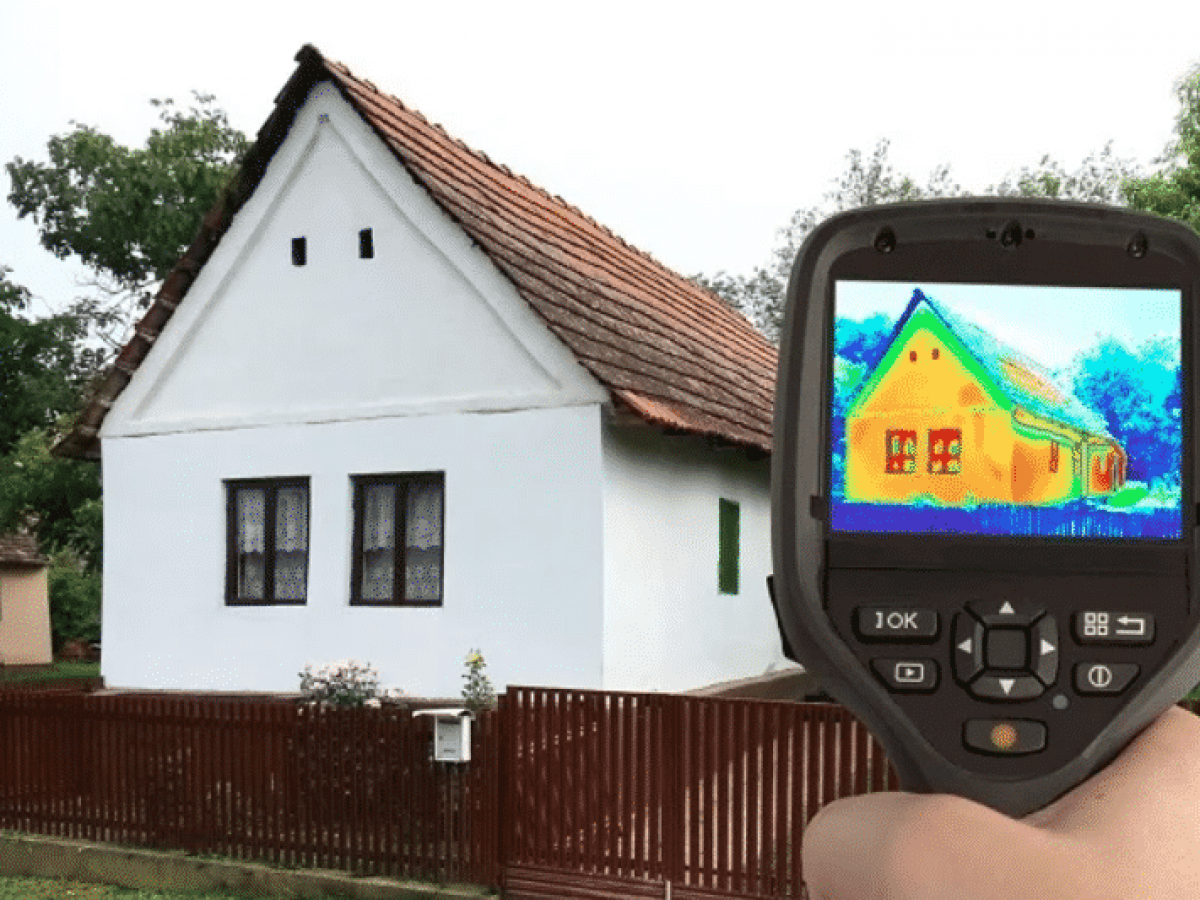Infrared sensors detect the motion of unwanted individuals to keep people and property safe. There are two types of infrared sensors, including Passive infrared sensors and active infrared sensors. However, active infrared sensors are used for physical security in many areas. It would be best to know which type of infrared sensor to use at home or in commercial places to ensure effectiveness.
Understanding Infrared Sensors
Active and passive infrared sensors work differently. Active infrared sensors use radar technology. When working, the sensor and the radar emit and receive infrared radiation from the target objects, which sends transmission back to the receiver. However, they only emit radiation of a specific wavelength, and an object beyond this wavelength can’t be detected. Therefore, proximity is a crucial aspect when using infrared sensors.
Passive infrared sensors (PIR sensors) work differently from active infrared sensors. Passive infrared sensors have a longer wavelength but don’t emit radiation. Instead, they receive the naturally emitted radiation of the target object. If they detect an abnormality of infrared waves, these sensors trigger an alarm to alert that there’s an intruder on the property.
Passive infrared sensors have various components to make them function effectively. They have a pyroelectric component that helps them work as required. Again, they have electric elements such as capacitors and resistors. They sense objects no farther than 20 feet and use an input voltage ranging between 3.3V to 5V.
Passive infrared sensors are idle when there is no movement in a certain proximity. They have two haves where one half detects the object’s heat on its way in, and the other half detects the object’s motion on its way out. They have lenses that are vital components that help detect passing animals, people, or objects.
Passive infrared sensors are also used to measure the temperature of objects. They can detect the temperature of a distant object in motion. That’s why emergency response teams use them to rescue people lost in certain areas or even detect the skin temperature to help medical practitioners know when one is unwell.
Understanding Infrared Radiations
Infrared radiations have a wavelength ranging between 0.75 and 1000 micrometers. They are found on the lower end of the magnetic spectrum and can’t be seen by bare human eyes. The infrared radiation is divided into three sections, including near-infrared that ranges 0.75 to 3.3 micrometers; mid-infrared, ranging between 3 to 6 micrometers; and far-infrared, that’s higher than 6 micrometers.
Infrared technology is used in various commercial applications, including;
- Tracking missiles in military activities
- Detecting nanoparticles in living things
- Used in night vision devices
- Detect gases that can cause deaths in homes
- Petrochemical industries
- Food safety
- Evaluating soils for crop productivity
- In connected devices
Infrared sensors are widely used in many industries across the world. Thus, they help ensure security, diagnose various diseases, detect gases and ensure that the food supply chain is safe for human consumption. Infrared sensor modules have several components that help infrared sensors to function effectively. However, home and business owners should choose between active and passive infrared sensors depending on their applications.
















